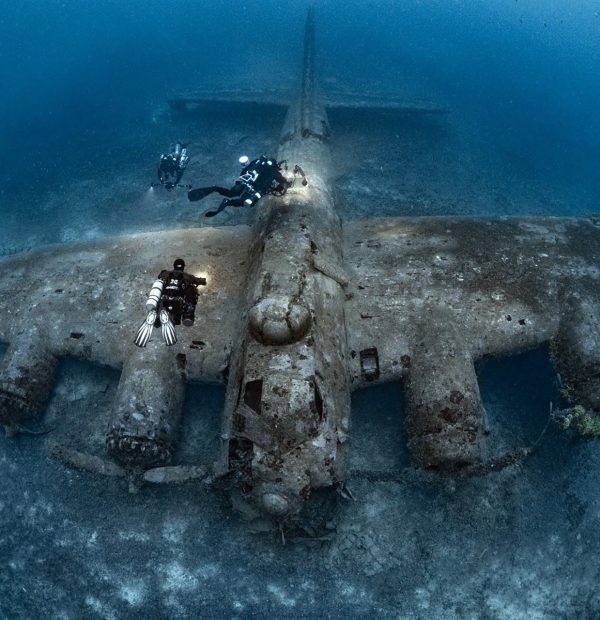Friday, 10 May 2024
Menu

The recent achievement of researchers from China was the subject of a large article published in the prestigious scientific journal Nature. In turn, the soft robot itself was featured on the cover of the aforementioned periodical.

A recent test has confirmed that a self-propelled fish-shaped robot can survive the extreme pressure found in the deepest place on Earth. All thanks to its soft body and distributed electronic system. It is therefore predicted that soft robots could play a key role in the exploration of unexplored depths.
Two elements played a key role in the Chinese researchers’ latest success. A machine system combining hard and soft components and a new dielectric elastomer actuator. It is thanks to these that the soft robot is able to withstand enormous pressure and also operate in the cold environment of the deep sea.
Conventional underwater robots require watertight enclosures. This is to withstand the high pressures found in the ocean depths. As the depth increases, so do the more demanding housings. In the Chinese robot, on the other hand, the delicate electronic components are embedded and distributed in soft silicone. This eliminates the need for pressure-resistant housings.
Without a doubt, the exploration of the deepest parts of the ocean so far has enabled humans to discover and learn about many animal species. The creatures inhabiting the hadal zones are like from another world. Among them are the dennipeds – a family of marine scorpion fish. They are able to survive pressures of almost 100 MPa, all thanks to their unique structure. Their bones are arranged in a soft gelatinous body. Sound familiar?
Chinese robotics specialists have been inspired by the unique structure of denning insects. They began their research to create a new type of soft deep-sea robot in May 2018. The result is a self-propelled robot that is shaped like a fish and measures 22cm long, with a wingspan of 28cm.
The hard components, including control circuitry and batteries, are housed in a gel robot body. The materials and design of the components and body allow the soft robot to withstand tremendous hydrostatic pressure, without the need for any extreme housing.
Compared to traditional high-pressure resistant deep-sea exploration equipment, the soft robot has been developed using completely new technologies. These make it possible to significantly reduce the difficulty and cost of deep-sea exploration. – – said Li Guorui, lead author of the paper and also a senior researcher at the Research Centre at ZJ Lab.
In December 2019, the robot performed constant movement by moving its fins at a depth of 10900 metres in the Mariana Trench. About nine months later, it successfully completed a free-swimming test at a depth of 3224 metres, which scientists conducted in the South China Sea.

The research team intends to further investigate the integrated energy, propulsion and perception system of soft deep-sea robots to improve their intelligence while reducing application costs.
In the longer term, some developments in soft robotics can be envisaged. Such devices will be able to safely navigate coral reefs or underwater caves. Therefore, data collection and exploration of particular sites will be possible without the risk of damaging them. In addition, soft robots are much cheaper to produce than the solutions used today. So it is possible that they will become a breakthrough that will open the door to a much better understanding of the underwater world.










Welcome to DIVERS24.COM, your daily source of scuba news, freediving, scuba diving information, and equipment reviews. Our comprehensive coverage of the dive industry from A to Z provides you with all the latest scuba news, training updates, underwater photography tips, and everything else related to scuba diving. Whether you’re a beginner or an experienced diver looking for more knowledge about scuba gear or techniques – we’ve got it covered! With our in-depth articles written by experienced divers who have been there and done that, you are sure to find exactly what you need here at Divers24.com. Dive into scuba news today!
Underwater Media Sp. z o.o.
Szafarnia 11/F8,
80-755 Gdansk, Poland
Welcome to DIVERS24.COM, your daily source of scuba news, freediving, and scuba diving information. Sign in for a weekly news update and discount coupons for dive gear and apparel.
@2023 - underwatermedia.pl. All Right Reserved. Designed and Developed by Tworzenie stron internetowych Gdansk

The Divers24 portal is currently the largest online medium treating diving in Poland. Since 2010 we have been providing interesting and important information from Poland and around the world on all forms of diving and related activities.
Contact us: info@divers24.com